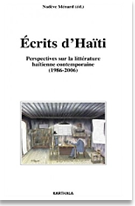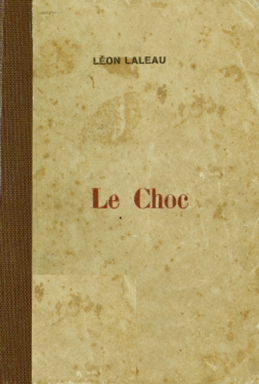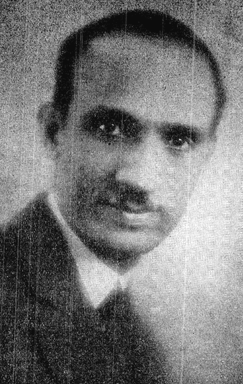 "The Occupied Novel" by Nadève Ménard, Ph.D.
"The Occupied Novel" by Nadève Ménard, Ph.D.
Ménard teaches Haitian literature at the State University in Port-au-Prince. She is the author of Ecrits d’Haïti: perspectives sur la littérature haïtienne contemporaine (2011).
The literary response to the US occupation of Haiti, which lasted from 1915 to 1934, was varied and sustained. Ethnologist Jean Price-Mars exhorted Haitian writers to look to Africa for inspiration in their works. While not all writers heeded his call, there was certainly a flurry of literary activity during those early decades of the 20th century. Poetry, short stories, novels and plays were all produced and published in abundance. Newspapers and journals such as La Revue Indigène offered both political commentary and literary pieces.
A number of Haitian novels were published during the US Occupation. Six of them explicitly take the intervention as both subject and setting, featuring foreign characters who attempt to exploit or humiliate Haitian ones. The first of these was Fernand Hibbert’s Les Simulacres (1923). In this short novel, A Cuban swindler cons the main Haitian character out of $5000 and seduces his wife. This private scandal is juxtaposed with the more public one of the US occupation.
Also published during this time period was Léon Laleau’s Le Choc (1932), in which a young Haitian man goes from feelings of admiration and sympathy for the foreigners to those of contempt and resentment after he is continually humiliated by US Marines. Stéphen Alexis’ Le Nègre Masqué (1933) portrays a Haitian lawyer who engages in armed resistance against the occupation, while struggling to reconcile his love for a Frenchwoman with his patriotic identity. Both Cléante Valcin’s La Blanche Négresse (1934) and Annie Desroy’s Le Joug (1934) explore issues of patriotism and national identity within the context of the US occupation. They also explore the social ramifications of the occupation, including themes such as racism, sexual exploitation, and gender relations. Maurice Casséus’ Viejo (1935), published one year after the intervention ended, portrays a Haitian protagonist who eventually kills a representative of US oppression.
Indeed, these occupied novels position themselves firmly against the US occupation. Most of them feature main characters, Haitian or foreign, that either flee or are removed from the country at the narrative’s end, indicating that there cannot be peaceful cohabitation between Haitians and foreigners within the context of foreign occupation.

